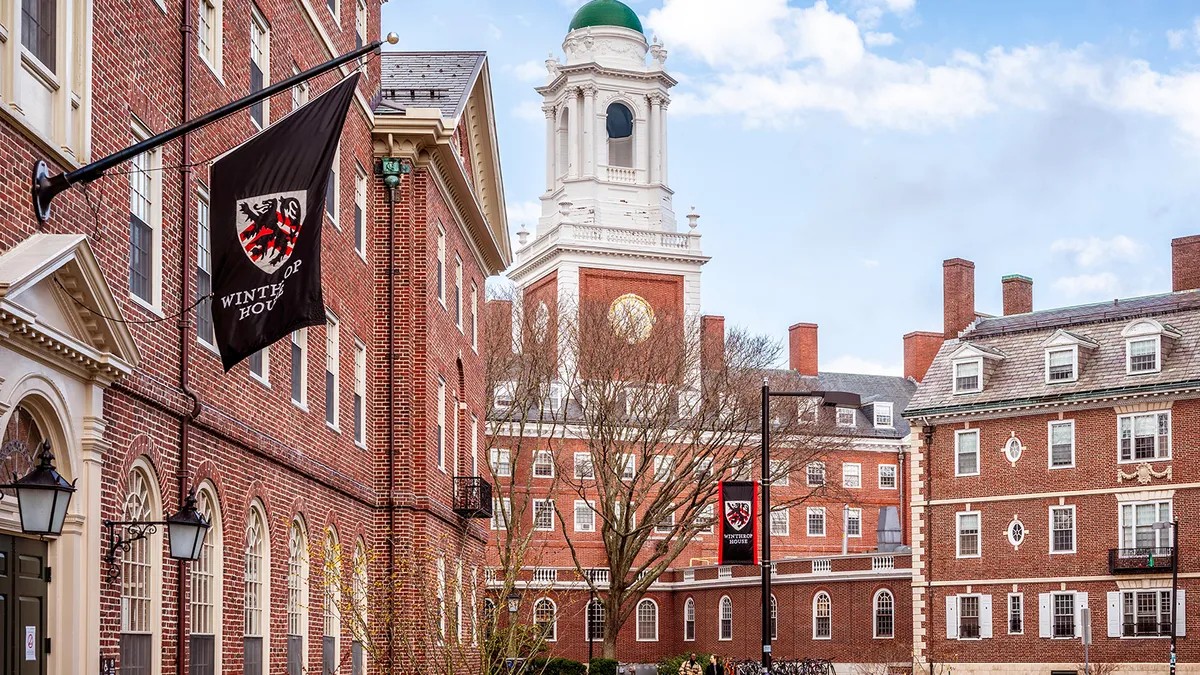The pursuit of higher education is often daunting, but some universities stand apart as almost mythical in their selectivity. These institutions boast notoriously low acceptance rates, exceeding academic excellence with an aura of exclusivity that draws global attention. But what makes them so hard to crack?
Harvard University, synonymous with prestige and the quintessential Ivy League experience, reigns supreme in this exclusive club. With a mere 3% acceptance rate, Harvard seeks not just top marks but also exceptional leadership qualities and intellectual curiosity. Their admissions officers paint a vivid picture – they’re looking for students who will not only thrive academically but become active contributors to Harvard’s vibrant campus culture.
Stanford University, though outside the Ivy League circle, poses an equally formidable challenge. Holding an acceptance rate barely surpassing 4%, Stanford places a premium on innovation and initiative, particularly in science, technology, engineering, and mathematics (STEM). Situated in the heart of California’s Silicon Valley, Stanford offers unparalleled opportunities for experiential learning, attracting ambitious students from around the world.
Columbia University, another Ivy League giant, occupies a unique position within the bustling metropolis of New York City. Its rigorous core curriculum and reputation for academic excellence draw applicants from every corner of the globe. Admittance hinges on an exceptional combination of stellar grades, impressive SAT scores, and a demonstrable passion for academic pursuit.
Caltech, a small private research university, distinguishes itself with its laser-like focus on science and engineering. With an undergraduate acceptance rate hovering around 3%, Caltech demands more than just high test scores; it seeks students who are deeply invested in research and display exceptional problem-solving abilities – the very traits that propel scientific breakthroughs.
Massachusetts Institute of Technology (MIT), consistently ranked among the world’s top universities, particularly excels in computer science and STEM fields. Boasting an acceptance rate around 4.5%, MIT prioritizes creativity, collaborative spirit, and a stellar academic track record. Admission hinges on showcasing not just intellectual prowess but also the potential to contribute meaningfully to its innovative ecosystem.
Oxford University, steeped in history and boasting one of the world’s oldest and most prestigious reputations, employs a rigorous admissions process that includes interviews, academic assessments, and personal statements. Though receiving fewer applications than many U.S. universities, Oxford maintains uncompromising standards, ensuring its student body comprises the brightest minds from across the globe.
Tsinghua University, China’s leading institution, commands global recognition for its contributions to science, engineering, and political thought. With an acceptance rate often dipping below 1% for domestic applicants in top provinces and around 10-15% for international students, Tsinghua seeks those with exceptional academic credentials – top ACT scores or their international equivalents.
Princeton University, nestled in New Jersey, is renowned for its unwavering commitment to undergraduate teaching and demanding academic rigor. Requiring all students to complete general education distribution requirements and fostering a strong focus on independent research, Princeton maintains an acceptance rate below 4%, cementing its status as a highly selective institution.
These universities are more than just names on a list; they represent the pinnacle of academic achievement and intellectual curiosity. Their rigorous admissions processes reflect not just academic excellence but also a search for individuals who possess unique talents, leadership potential, and the drive to make a lasting impact on their fields and the world at large.

























